In my book, “A/B testing” stands for “Always Be Testing.”
Your competitors are actively testing everything, from the latest iteration of their landing page to the effectiveness of the subject line in their email marketing campaign. If you lag behind, they’ll get ahead of you – and even your best customers will make a quick switch.
Unfortunately, not knowing how to set up a proper split-test campaign can cost you.
How many times have you tried to increase your conversion rate, but failed?
Did you ever think that something was wrong somewhere?
Of course, there must be something you’re not getting right. But, I know that if you understand how to test two or more different elements (e.g., headlines) against each other, you’ll discover ways to increase your conversion rate and prevent your customers from switching over to your competitor.
Honestly, I want you to become a master at A/B split testing. In turn, it’ll help you master many of your digital marketing goals.
That doesn’t mean that you’ll be an expert and get split testing right each and every time. The learning never stops. But, knowing the basics of running a seamless experiment is crucial.
The results of split testing are everywhere. For example, VWO recently shared a case study of how an ecommerce store reduced its bounce rate by 20%.
Yet, most digital marketing professionals haven’t come to terms with split testing. Even some ecommerce marketers have ignored it, no matter the success that it can inspire with everything from open rate to click-through rate. Data from Wishpond estimated that “only 49% test the performance of their checkout page.”
A/B split testing is no longer an option for digital marketing professionals. It’s a necessary stage that each of your campaigns must pass through in order to boost your conversion rate and maintain your customers. If you don’t believe me, here’s what Bill Gates said in 2008:
Ready to start seeing real results from your marketing campaign through Always Be Testing?
Then let’s get started.
A brief introduction to A/B split testing (and how it works)
A/B split testing (or split testing for short) is the process of comparing two versions of a web page or mobile app and testing them to see which one converts best. For this post, we’ll be focusing on a web page.
When it comes to split testing, we usually have two elements — namely:
i). Control: This is usually the first web page or element that you’ve designed.
ii). Variation: Since you can’t assume that the “control” version of your web page or single element is 100% perfect, you need to create another variation that’ll challenge the control.
Essentially, you want to find out which version will raise your conversion rate – the control or the variation.
Often, there’s only a small difference between the control and the variation — a different color, wording, positioning and so on.
Let’s represent it graphically:
For a second, imagine your site as a box with two balls of different sizes and distinct colors — green and red.
Let’s assume that every time a potential customer comes to your site, he picks a ball from the box. If he picks out a red ball, he makes a purchase.
On the other hand, if the ball is green, he quickly clicks on the [x] at the top right side of your browser and leaves.
Essentially, the box determines what your conversion rate will be. But, from all indications, you can influence or 100% control the ball that your ideal customers pick out from the box.
That’s where split testing comes in.
You’ve got to understand that you just can’t know your site’s true conversion rate by assuming that a particular version of your web page or element will perform better. You can only estimate the conversion rate, based on all the other factors.
When you test two or more versions of any campaign, then you’ll be ready to make smart decisions that’ll improve that conversion rate.
Always use an estimated range when calculating your conversion rate. It’s never a single value. Mathematically, you can describe a range to your clients as:
“Based on the industry data that I have, 87% of the time, you can expect a conversion rate that falls between 2.5% – 7.3%.”
A/B split testing isn’t new. It’s actually an old and still common technique, popularly referred to as controlled experimentation, according to Stanford’s Artificial Intelligence Laboratory.
It’s applied in many contexts, including in scientific research fields including medicine.
For example, in the medical field, researchers can test how powerful a particular drug is by making use of controlled experiments. They can divide users into a control group and a test group, varying only one factor — the drug — between them.
However, it’s a bit different on the internet. For example, in a lab, you can easily control external variables.
Because of the several factors at play, it’s hard (if not impossible) to do that online. The growth pattern that an experiment undergoes on the internet is quite different than when the same experiment is conducted in a lab, for example.
Now that you’ve gotten your feet wet, it’s time to build a solid plan that will guarantee that you get consistent results and boost your bottom line: your conversion rate.
Getting Started: Building Your A/B Testing Plan
An effective plan gives you a yardstick for measuring results over a period of time.
Through effective planning, Dustin Sparks used a single split test to increase his client’s conversions by 336%.
He calls it the “Apples to Oranges” split test.
According to the case study, the “control” was converting at 3.12%. Depending on your field or niche, that rate could be good, bad or average.
But by running the “control” against a variation, they recorded tremendous results. That’s the power of a split test.
What you truly want to achieve in any split testing campaign is “relevance.”
You want to build web and landing pages that your target audience will find useful and relevant. That’s a challenge, because designing and testing the right landing page is one of the top five challenges faced by B2B marketers.
A/B split testing is regarded as the most effective method for optimizing conversion rate, whether for B2B or B2C landing pages.
Overall, you need a plan that helps you design and experiment effectively. You want a solid plan that covers every testable element, like the position of text and pictures, background colors, the use of icons and navigation structure, headlines, number of pictures on the page and so forth.
Once you’ve developed a solid plan, you can rest assured that your conversion rate will consistently improve as well.
It all boils down to having a structured approach that you can replicate. Several brands that started out with a plan have seen dramatic results.
In a survey conducted by Econsultancy and RedEye, 74% of the survey respondents who use a structured approach to conversion improved their sales.
Note that doing A/B testing without considering your online business goals and user behavior can lead to inefficient testing. For this reason, ensure that your primary goal is always at the forefront of every split test campaign that you set up.
Since developing an A/B split testing plan should rest on a structured plan, you’ve got to continuously improve the process – never set and forget it. Tweaking when and where necessary will yield better results.
Remember that every test requires measurement, prioritization and testing. Every stage of the cycle is aimed at simplifying the next stage.
To improve your plan and achieve a successful A/B test, let’s start from the beginning:
i). Track your website’s performance over a period of time: The performance of your website has a huge impact on whether or not your marketing campaign will ultimately be successful. You need to be definite with your measurements when tracking its performance.
Paessler listed the 15 website performance indicators that you should track continually, if you want to get better results with your split test and make the most of conversion rate optimization.
You first have to know how much traffic your web page or site is generating on a weekly or monthly basis.
Most content marketers like to use the 3-month timeframe, but that’s not set in stone. The most important thing to bear in mind is that poor conversions are the dividends of a poor split-testing plan.
When you measure your website performance within a given timeframe, you’ll most assuredly know which internal and external factors are working for or against you.
It can be difficult to measure website performance without the right tools.
That’s why in addition to using third-party private analytics tools, make sure that you’re studying your Google Analytics reports and getting actionable data from them.
ii). Review your business objective: Without a doubt, I know that you already have a business objective — what you’re aiming to achieve.
For example, for your email marketing campaign, you might want to increase your email sign-up rate by 25%. Or, for the same email campaign, you might want to boost your click-through rate by 15%, and your open rate by 10%.
These are measurable objectives. They’re the only determining factor that helps you bridge the gap between the moment when visitors land on your web page through to the point of conversion.
Before you set up a split test campaign and start taking advantage of conversion rate optimization, review your objective one more time. Get to understand the “why” behind it.
Why do you want more email list subscribers?
Obviously, with more subscribers on your email list, the larger your email campaign will be, and the greater chances you’ll have of scoring a higher open rate and building a loyal audience, which can improve sales and expand your business.
Therefore, more email subscribers isn’t the end goal. It’s a means to an end.
That’s the reason why you should target your “control” and “variation” campaigns to your goal page.
Make sure that your website objective has a clear “why.”
Ideally, make your objectives DUMB – that’s an acronym coined by the folks at ConversionXL:
- D – Doable
- U – Understandable
- M – Manageable
- B – Beneficial
A realistic and measurable business objective for an online clothing store would be to “increase daily sales by receiving online orders from new customers by X%.” Having your primary, measurable goal clearly defined will help you hone your overall marketing strategy and the steps you need to take to achieve each aim.
iii). Focus on actionable metrics: What exactly are you measuring? Sure, pageviews and unique visitors and click-through rate might boost your ego, but does it really matter if no tangible sales were recorded?
Vanity metrics are only as good as the results they generate.
On the other hand, actionable metrics (better metrics) are the core of your business.
Actionable metrics can be how many email subscribers you generated today, new and repeat sales or overall business growth. Seeing what your email marketing efforts are actually translating to will help you assess what you need to do for your digital marketing plan.
Brand awareness is another metric that you should pay close attention to. I understand that it’s difficult to measure the impact of brand awareness, but it’s not impossible – especially when your brand name becomes a keyword or search phrase.
For example, my brands are more important to me than the quick money I can make today. Take a look at the Average Monthly Search Volume for terms and phrases related to QuickSprout, Neil Patel and so forth.
If your online clothing store sold 49 T-shirts last month from new customers, is that good or bad? It all depends on which metrics you’re concerned about.
It’s not as important if you’re not primarily concerned with making immediate sales – if your real goal is to build a stronger brand and get repeat customers.
On the other hand, if making sales (both from new and existing customers) is your primary focus, then it’s a good metric.
If you truly want your KPIs (Key Performance Indicators) to be meaningful, they need to stem from your business objective. They must be targeted, too.
Having mapped out your split-testing plan accordingly, you now have a good framework that’ll help you get relevant leads and make only the right offer to your target audience.
The Benefits of A/B Split Testing
Even with all of the tools available today -with countless tools that are especially useful to digital marketing professionals- a lot of website owners and marketers aren’t split testing. According to MarketingExperiments, “about 52% of companies and agencies that use landing pages also test them – to find better ways for improving conversions.”
If you haven’t yet run your first A/B test, here are the benefits that you can look forward to:
i). Effective test results. Based on available elements, you can fine-tune your campaign to align with your target audience. This doesn’t require too much on your part, but the results can be significant and can help you take informed steps towards meeting the objectives of your marketing strategy.
Other forms of experimental testing may not provide reliable results, because at the end of the day there are several external factors that could affect your outcome. However, with split testing, especially when you use the right tools, you can control for those factors to a large extent.
ii). Easy to implement: You don’t need special skills or knowledge to implement a split test that yields result — unlike multivariate testing that requires several processes, which even fewer digital marketers can actually implement.
In order to get better results and clearly determine what’s affecting your conversion rate, you may be required to modify a single element on your web page, then run a split test to determine whether the modification works or not.
For example, Bionic Gloves, an online store that designs and sells a range of military and sports gloves, increased total revenue by 24.7%, when they removed promo-code boxes from the checkout page.
iii). Ease of test design: You can get started right away with a handful of tools (e.g., vwo.com, optimizely.com). You don’t have to get it 100% right on day one.
What you need to do is to determine how many versions (e.g., your control and variations) you want to test and then split the available traffic that your page currently receives evenly among them.
Optimizely makes split testing a lot easier to implement. Shutterstock tests everything using this tool.
For example, they test link colors, copy, pricing, video-playback design, language detection functions, usability in downloading and several important elements that you can or can’t see.
Shutterstock serves over 3 downloads per second and currently has over 750,000 customers. As the world’s largest creative marketplace, serving photography, illustrations and video, you can imagine the heavy user data that has to be tested.
But, through split testing, it’s pretty simple for the Shutterstock team.
With this kind of huge data pool, you can run experiments with statistical significance faster than businesses that don’t collect rich data from their users.
Shutterstock knows its customers better because of this user data and that’s a valued competitive advantage for the brand.
Page Elements to Split Test
Start by deciding which element of your landing page you want to improve to increase your conversion rate. An understanding of a perfect landing page can reveal the most important elements you should start with.
An example of a perfect landing page is the following, from Carwoo, which contains all of the key elements to split test. Take a look:
Pick one to start with, then work your way up through other elements, with an eye towards supporting the primary element that you want to improve.
There are several elements that you can split test:
- Content – font style, size, content structure, outline, amount, wording and placement of content on the page
- Call-to-action buttons – you can split test the common ones (e.g., “Buy now” against “sign up now”). Test subscribe buttons of different sizes, colors, positioning on the page and copy.
- Social media sharing buttons – test with different placement, size and wording
- Logo, menu bar and favicon
- Headings – color, copy and size
- Images – placement, different image files and different composition
- Online trust seals – i.e., secured hosting sign, use of trade association, online trust seals, VeriSign, etc.
Conclusion
Building an effective marketing campaign requires a lot of trial and error. Whether your core marketing strategy focuses on email marketing or video advertising, part of your role as a digital marketing consultant is to employ conversion rate optimization practices. Part of this is found in A/B testing.
Keep in mind that there’s no deep secret to A/B split testing. If you follow these simple tips, you’ll master it quickly.
More importantly, if you’re looking to build a high-converting landing page, I advise you to begin with your audience.
Just like Shutterstock, get to know and understand your ideal customers more than your competitors do.
Then, with this user data, you can run a successful A/B testing campaign that produces results.
Do you still have questions about A/B split testing? If you’ve used split testing, do you have any stories about how you boosted your conversion rate? In the comments below, let me know how split testing has – or will – play a part in your marketing strategy.


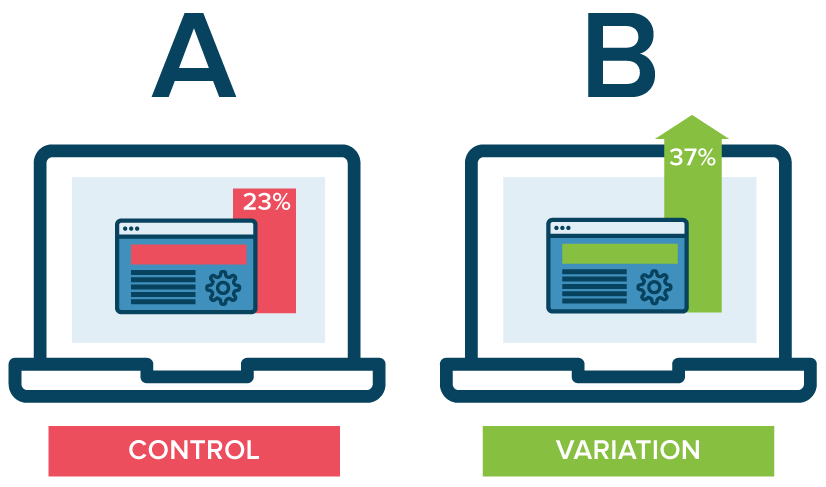



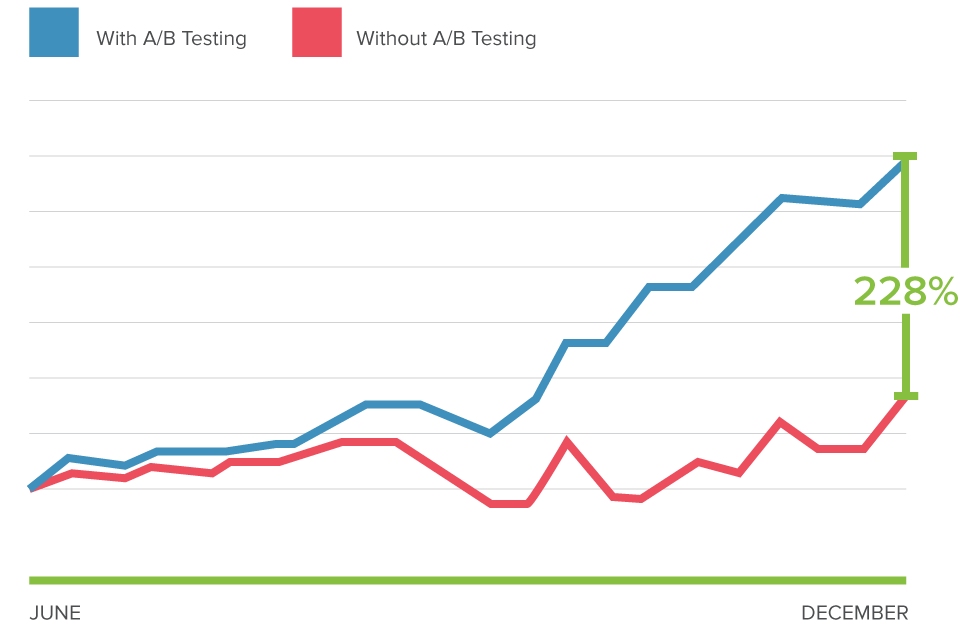
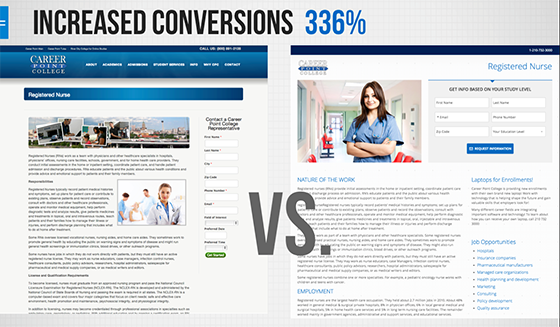
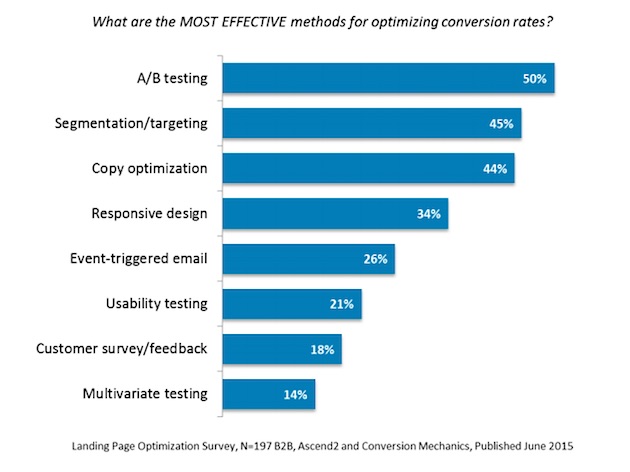

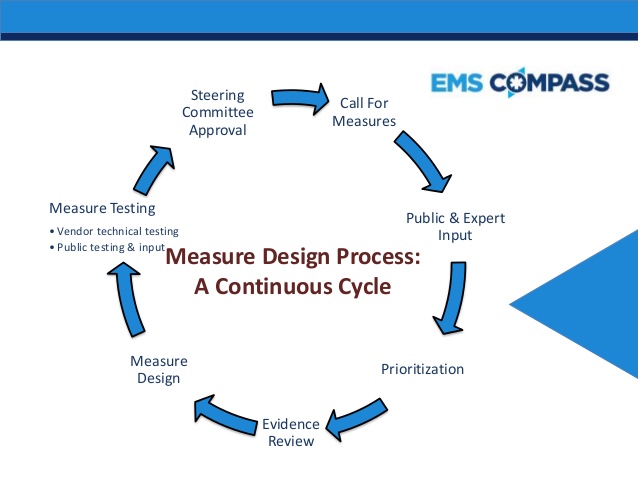
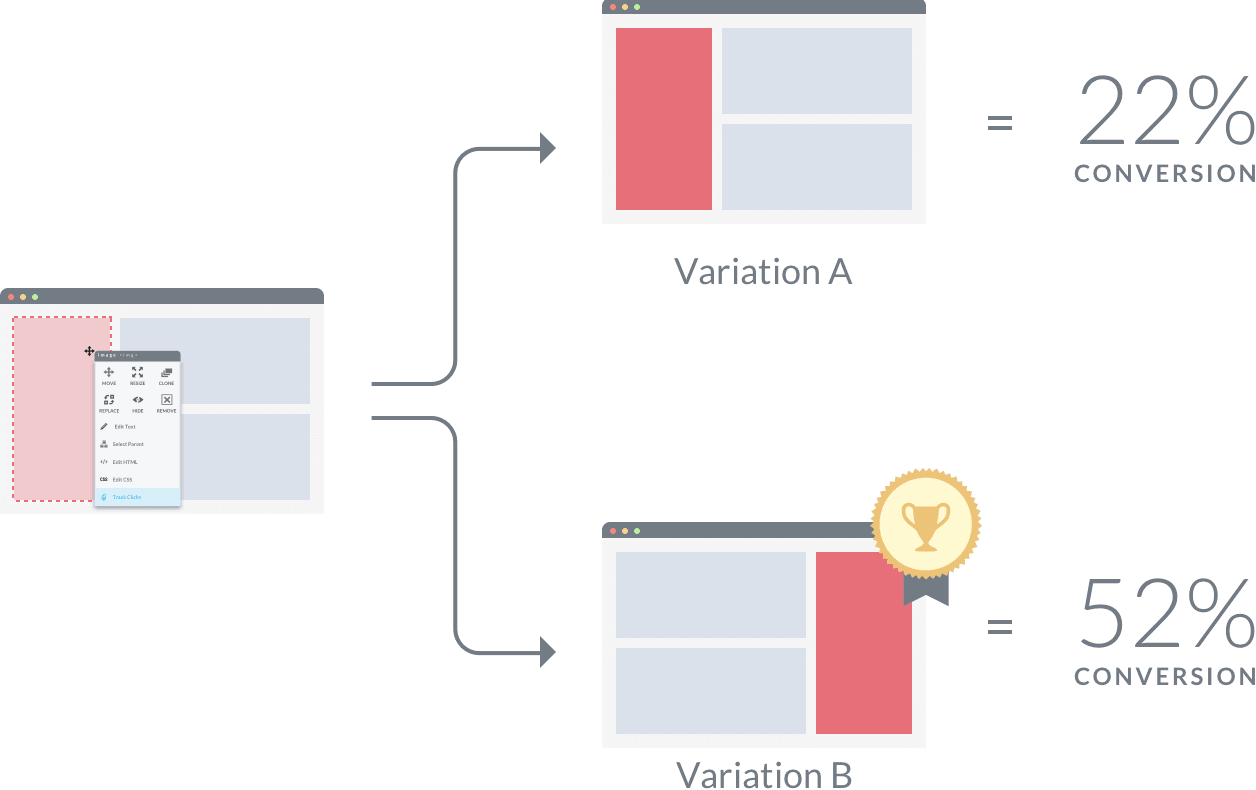




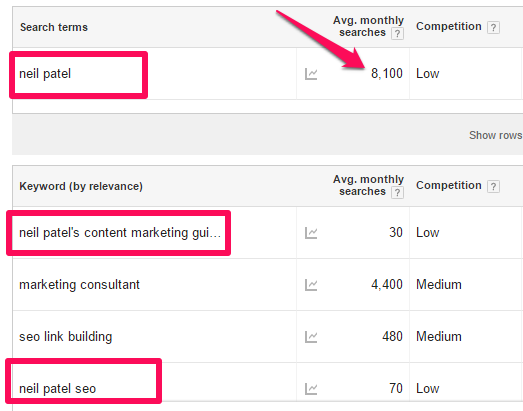

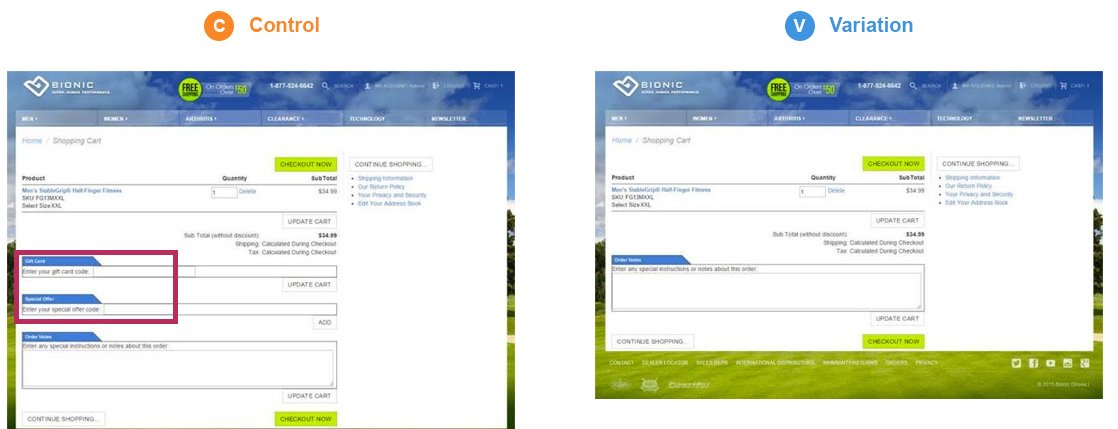
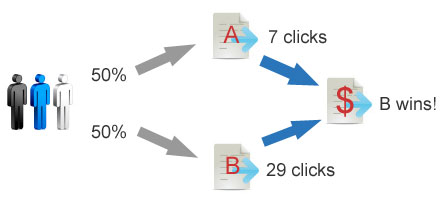
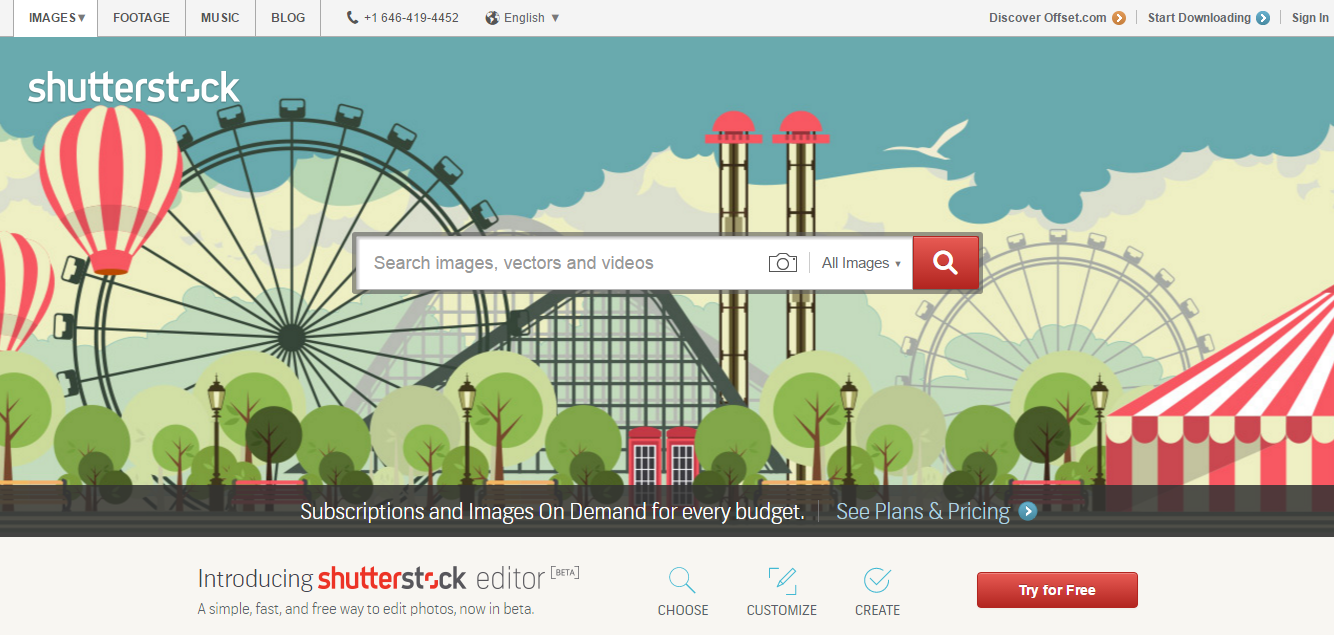

Comments (7)